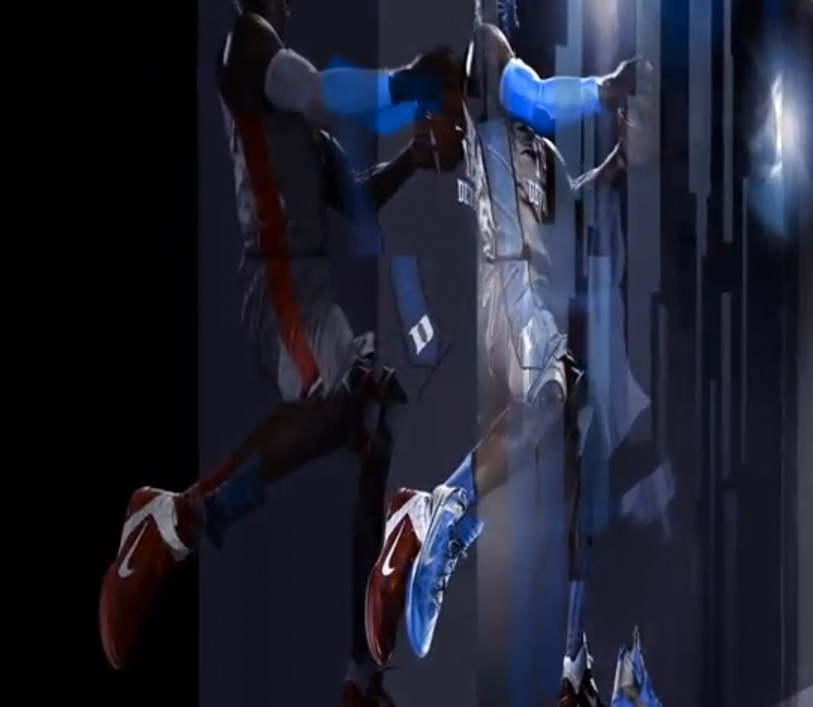The Portland Egoist Gave a lovely write up of my March Madness Project done with Travis Barteaux as the AD for Nike in 2012.
There's something that we deeply love about the art of photo compositing. When it's done well it is a great mix of fantasy and reality. We hadn't seen much of the work from Portland-based illustration and re-touching crew, Danklife, before today. What we're seeing though we're digging. The hyper-realistic, fantastical nature of the work is what we look for in this type of work. The above illustrations were created in conjunction with Nike for last year's March Madness. The effects add to and heighten the already amazing physical nature of young ball players in today's game.
Awesome sauce! Link



